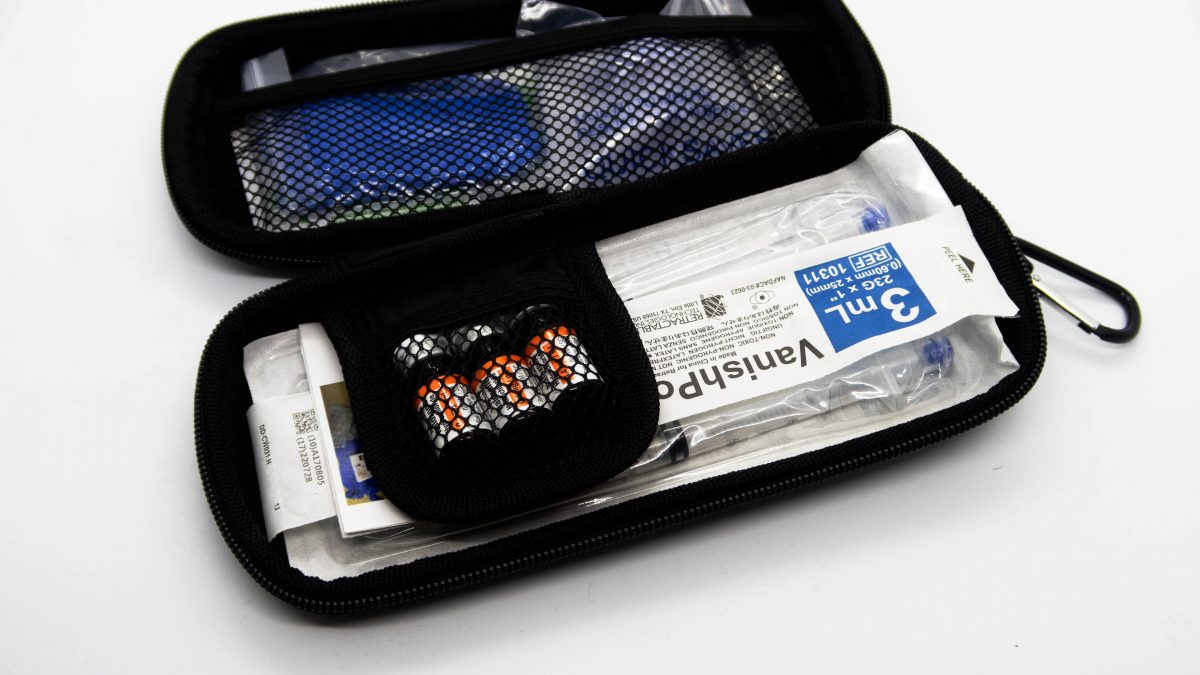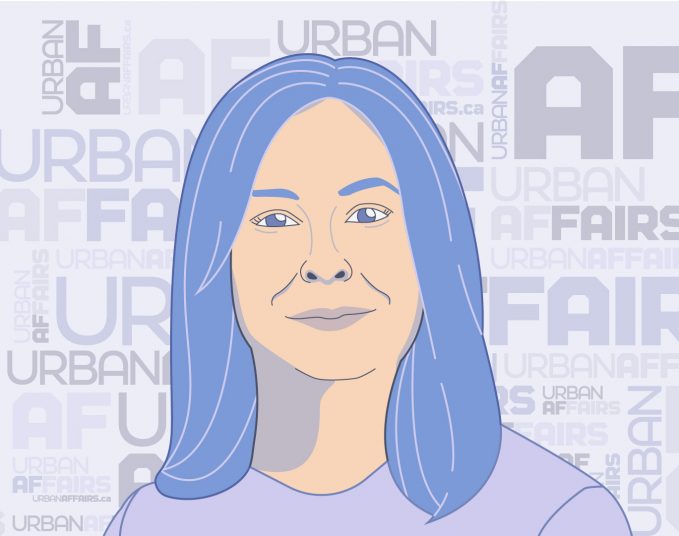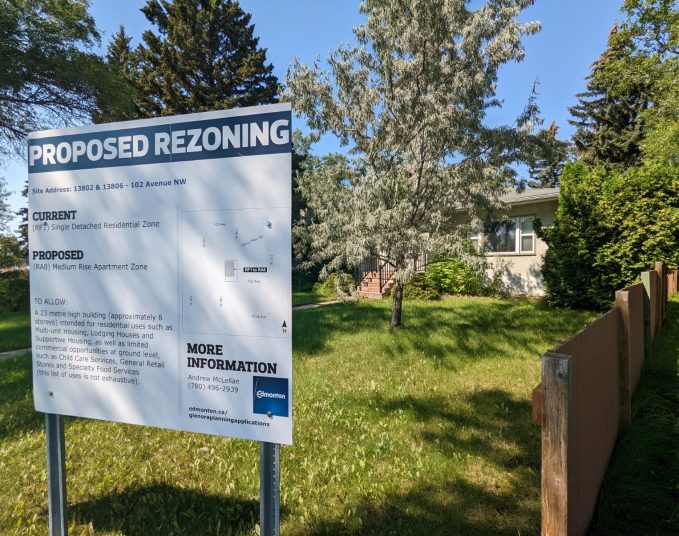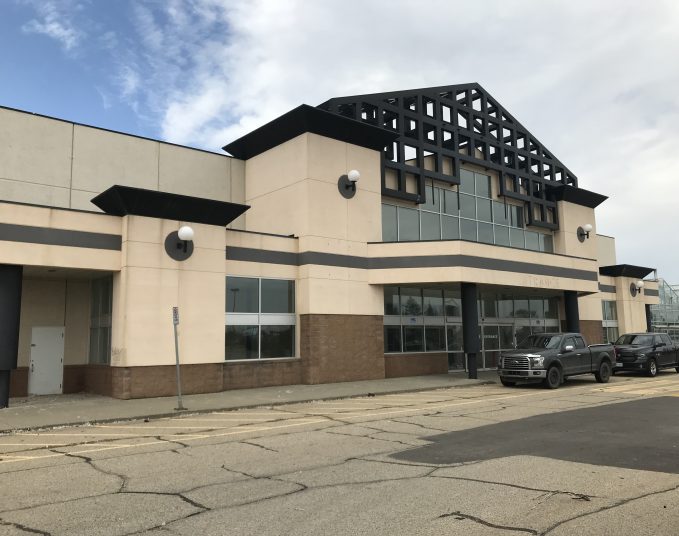Since the end of 2016, opioid overdoses and deaths in Alberta have steadily and sadly increased. Since the pandemic started in 2020, they’ve exploded, pacing, and in some areas even surpassing, COVID death totals. In the first two months of 2021, opioid deaths increased 157 per cent over the year prior.
The health care system is overwhelmed, and more people are looking to numb their loneliness and pain — a combination as heartbreaking and dangerous as the opioids themselves. “Our teams have administered about 1,500 naloxone injections in the last 18 months, in just three or four locations,” says Patrick Black, OD prevention team lead nurse at Streetworks, a community-based overdose prevention program run by the Boyle McCauley Health Centre. “And there are probably 10 to 15 other agencies in the city that are dealing with people overdosing within their premises or around their buildings.”
This means that the chances that you’ll encounter someone suffering from an opioid poisoning or overdose are higher than ever. Of course, the first thing to do when seeing someone in distress is call 911. But paramedics are overwhelmed too, and there are ways that individuals and businesses can prepare to help someone who is suffering. The closest thing to good news is that opioid overdoses can be reversed before death, if someone intervenes soon after the signs appear.
Get a Kit
The first way to prepare is to get a naloxone kit and keep it in your car or somewhere else handy and accessible. There are more than 2,000 locations in the province that provide them for free, including hundreds of Edmonton pharmacies and dozens of businesses. It is safe and legal to inject someone with naloxone, as it won’t affect someone who has not taken opioids.
Recognize the Signs
If someone is unresponsive, with slow breathing (or they’re not breathing at all), they could be in trouble. If they have blue lips or nails, and are gurgling or making snoring sounds, they’re most likely overdosing. Speak to them loudly and rub their chest hard. If they don’t respond, call 911.
“Generally, they’re gonna be laying on the ground or slumped in the chair, not breathing or breathing really shallow breaths,” Black says. “If they’re caucasian, their skin can go pretty pale and grey. If they’re a person of colour, it’s a noticeable change. The biggest tell we go by is how they react to pain stimulation when you rub your knuckles on their sternum.”
Start to Help
If the person isn’t breathing, and the 911 operator doesn’t instruct otherwise, remove the face shield from the kit and place it over the victim’s mouth (the kit also includes rubber gloves). Pinch the nostrils and blow into the mouth every five seconds, for two minutes. If the person is breathing, roll the victim on their side and wait for help.
Inject Naloxone
If the person still isn’t breathing, take the vial of naloxone, hold it upside down, inject the needle and retract the plunger. Remove the needle and gently push out any excess air. Inject the needle into the person’s thigh until you hear a click. If that isn’t possible, inject it into the shoulder. You can inject it through clothing.
“I recommend that when you’re taking the needle and you’re putting it into the vial, leave half the needle full of air,” says Black. “You put it in the vial with the needle half full of air, then you push the air in and it creates pressure so the medication can exit the vial into the needle faster.”
Wait
If the person remains unresponsive, you can try rescue breathing again. If, after four minutes, there still isn’t a response, inject another vial. “Every kit in the province comes with three needles, three vials. And the typical overdoses that we’re seeing nowadays, we’re using between two and four vials. Sometimes, it takes two kits to actually respond to some of these really serious overdoses.”
It’s also important to remember to breathe slowly yourself, as it’s a stressful situation that most people haven’t encountered before. “If someone’s hesitant or has questions, they can always get training from the pharmacist,” says Black. “Each situation is definitely different, and priority number one is your own safety. But as long as you call 911 immediately, everything should be OK.”
Savvy AF. Blunt AF. Edmonton AF.




